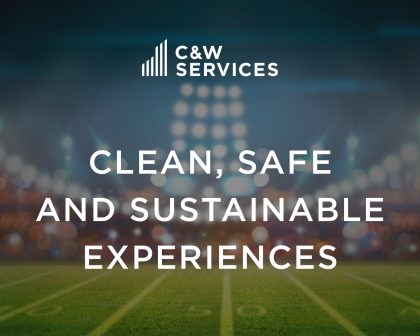By Brian Dowdle, Quality Manager
As the name implies, cleanrooms must be clean. Their sole purpose is to remain sanitary and be free of contaminants, allowing for a stable work environment. These spaces contain sensitive equipment and processes, so keeping contaminants at bay is crucial to everyday workflow and productivity.
Perhaps not so surprisingly, employees are often the reason a cleanroom becomes contaminated. In today’s blog, we want to look at some simple steps you can take to reduce the risk of your controlled environment becoming contaminated. If you have any questions about how to best manage your cleanroom or controlled environment, please don’t hesitate to contact us.
1. Always Practice Good Hygiene
It’s estimated that 75-80% of contaminants or particles found during cleanroom inspections are produced by cleanroom personnel. Contaminants can include things as minor as skin flakes, hair, and cosmetic products. Even perfume and cologne are known to cause contamination. Given this, it is important for employees to practice good hygiene and for managers of controlled environments to establish and enforce uniform hygiene recommendations.
2. Wear Required Protective Equipment Properly
Not only is it necessary to have employees wear proper protective equipment, it’s also vital to ensure that they wear it properly.
Because potential contaminants are susceptible to the pull of gravity, it is necessary to apply a top-to-bottom approach for putting on disposable apparel. When dressing to enter a controlled environment, start at the top of your body and work your way down. This will prevent potential contaminants from falling on clean areas of the garment. Remember: how you don your gear is just as important as the garments themselves.
3. Make Cleanroom Supplies Exclusive
For those not familiar with cleanroom requirements and protocols, it may seem rather harmless to take something like a pen outside the cleanroom and then bring it back in. However, when you do this, you can inadvertently bring in an array of potential contaminants as well, which will severely jeopardize the integrity of the controlled environment. For these reasons, it is best to designate all your cleanroom supplies, tools, and instruments as being cleanroom-only supplies. They should never be taken out, and they should also be compliant with all of your standards.
4. Enter and Exit Cautiously
For controlled environments, the point of entry and exit is naturally a crucial area that must be monitored diligently. After employees enter or exit the cleanroom, make it a routine practice for them to take some extra time to ensure that doors are shut tightly and are secured. This same logic applies to the area leading to the changing room. This extra measure will help control the cleanliness of the buffer area—which is also why some controlled environments stretch out the gowning process across three distinct areas. Regardless of how many rooms are involved in the dressing and preparation process, it is absolutely necessary to take extra precaution and care when around the entrances and exits of controlled environments.
5. Limit Speaking
Though it is not critical for controlled environments to adhere to a zero-speaking policy, limiting how much talking occurs can both boost productivity and considerably reduce the risk of spreading contaminants. For example, research shows that by speaking 100 fewer words you can prevent the creation of 250 additional particles of saliva.
A more significant threat to cleanroom cleanliness is coughs and sneezes, which can produce roughly 5,000 to 1,000,000 saliva particles. This is why it’s critical to always wear proper face masks and to be cognizant of how many potential contaminants can be produced from your mouth.
Integrating these tips into your cleanroom protocol can help reduce the risk of contamination. If you are in need of cleanroom cleaning services, contact us.
We have extensive experience with cleanroom requirements, procedures, supplies, and services. Whether you are looking for a one-time clean or routine inspections and services, our experienced cleaning team can handle it. We leverage our expertise, experience, and technology to tailor a cleaning package that best fits your needs, budget, and timeline.






